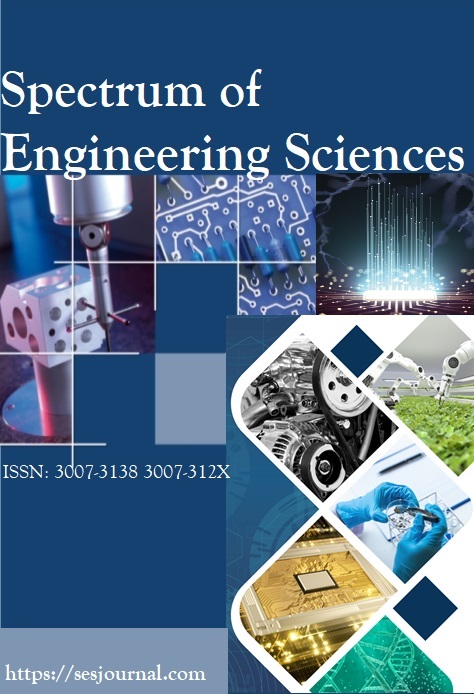INTEGRATING REMOTE SENSING AND DEEP LEARNING FOR AGRICULTURAL DROUGHT MONITORING
Keywords:
INTEGRATING REMOTE SENSING, DEEP LEARNINGDEEP LEARNING, AGRICULTURAL DROUGHT MONITORINGAbstract
An understanding of agricultural drought is critical in the management of agricultural lands especially in times of drought stress, which has adverse effects on agriculture. Management of drought, especially in its early stages, relies heavily on indices that are typically derived from onsite observations; thus coordination is often disadvantaged owing to the numerous factors that lead to drought. This study aims to improve the accuracy of monitoring drought conditions via deep learning techniques assisted by remote sensing data. A custom dataset of 544 JPG images (150x150 pixels) was compiled, consisting of 335 images representing drought conditions and 209 images without drought. Different deep learning architecture were executed employing varied layer and activation function configurations. It was observed that where models were developed employing multiple layers and using ReLU and Sigmoid activation functions, the accuracy obtained was as high as 97%. Emphasizing the gradual but progressive applicability of deep learning models for more efficient and forward-looking agricultural drought relying on satellite images. This mode of drought management is on the increase and enhances the overall effectiveness and viability of the agricultural drought monitoring systems.
















